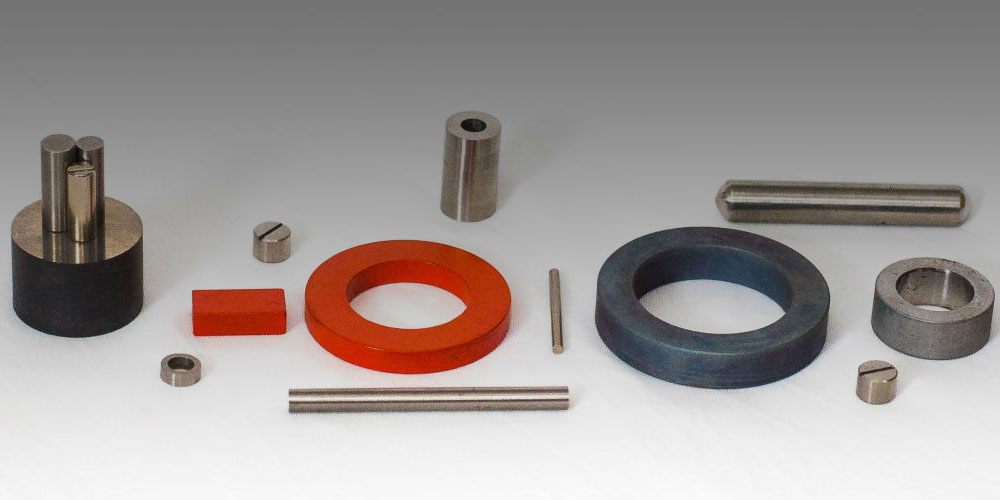Alnico magnets are a popular and old type of magnet. They can be found in different types, depending on their alnico percentage composition. This post focuses on everything you must know about alnico magnets and their composition.
What is alnico?
Alnico is a type of iron alloy. It is made from iron, aluminum, nickel, and cobalt. Therefore, the name alnico is derived from the chemical symbols of each component used to make the alloy. In some cases, the iron alloy may also contain a bit of copper and titanium. Alnico is commonly used for making permanent magnets because of its ferromagnetism.
Alnico magnets
Alnico magnets existed before rare-earth magnets were formed. In the 1970s, before rare-earth magnets were established, alnico alloys were known as the strongest forms of magnets. As mentioned before, their magnetism is attributed to their ferromagnetic properties. These properties make alnico magnets a strong type of permanent magnets. Alnico magnets can be magnetized. When this happens, they create strong magnetic fields. It is also worth mentioning that alnico magnets show impeccable stability in different temperatures. In simpler terms, the magnets are naturally effective in temperatures of up to 1000 degrees Fahrenheit.
Characteristics of alnico magnets
Below are some of the primary defining qualities of alnico magnets;
a. Magnetism
The magnets have impeccably strong magnetic properties as they are highly ferromagnetic. They are also the only types of magnets on the market to have useful magnetism at extremely high temperatures (red hot temperatures of between 500 to 800 degrees Celsius)
b. Electric conductivity
Unlike other common forms of magnets on the market, Alnico magnets feature some electric conductivity. This is why they are applied in various industrial applications.
c. Resistance to corrosions
Alnico magnets are also known for their impressive corrosion resistance. This is because they are made from a combination of elements that can resist rust and corrosion.
d. Alnico percentage composition
The term “alnico percentage composition” refers to the percentage of the materials used to make the iron alloy. Below is a guide to the general alnico percentage composition;
- Aluminum (Al)- eight to twelve percent
- Nickel (Ni)- fifteen to twenty-four percent
- Cobalt (Co)- five to twenty-four percent
It may also contain small amounts of copper and titanium
- Copper- six percent or less
- Titanium- one percent
e. Types of Alnico magnets
Note that the market features various types of Alnico magnets. The types are categorized depending on the percentage of the various components. The most common types of alnico magnets are:
- Cast alnico magnets
- Sintered alnico magnets
f. Alnico magnet shapes
These magnets also come in a wide range of shapes. The application of the magnets usually determines the shapes. For instance, small alnico magnets are used for making small toys. On the other hand, large alnico magnets are typically used for industrial applications. The most common alnico magnet shapes are;
- Bars
- Cylinders
- Horseshoes
- Pot and ring
Conclusion
Alnico magnets are commonly used as permanent solid magnets as they can deliver significant magnetism. They are used commercially and residentially. For instance, alnico magnets are commonly applied in making microphones, electric guitars, motors, loudspeakers, and sensors.
